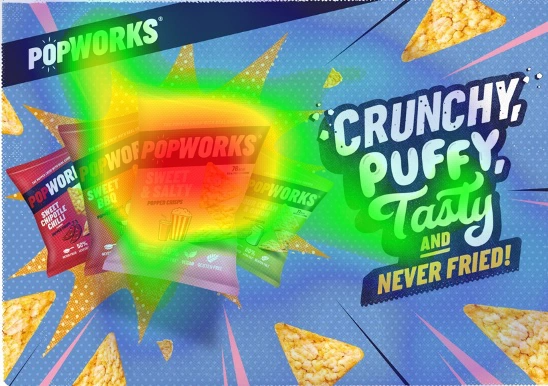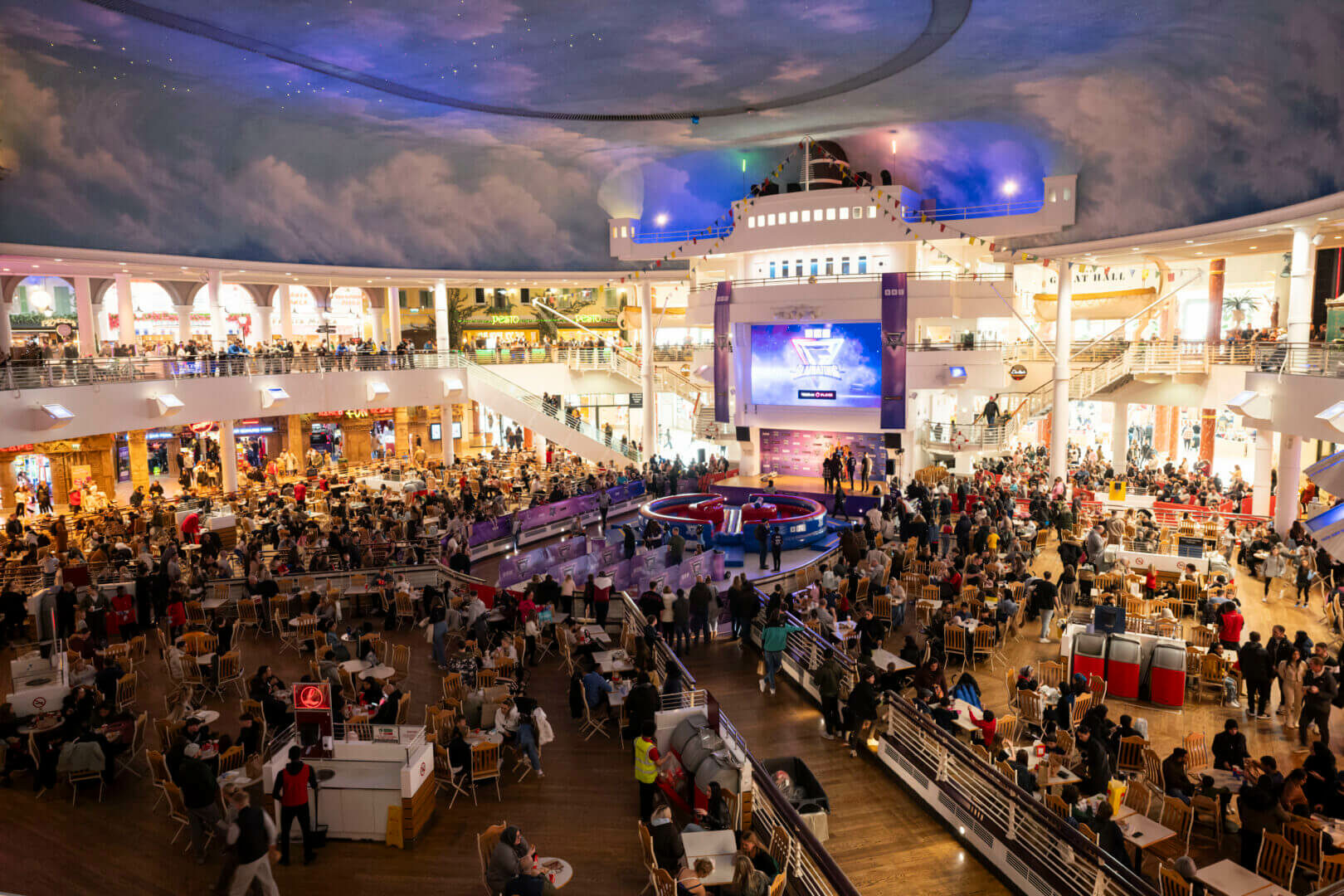3 Reasons Why Out-of-Home Advertising Will Win in 2022
Originally published by MarTech Series.
The OOH Renaissance: Resurging Impact Amid Device Fatigue
The out-of-home (OOH) advertising recovery has been faster and much more substantial than the industry predicted at the onset of the year. The growing adoption of digital screens along with new innovations in data and automated trading have elevated OOH’s in-market position to match other dominant media channels.
With the increase in device fatigue, it’s becoming harder for digital marketers to effectively capture their consumers’ undivided attention. According to the OAAA, 39% of consumers are actively trying to spend less time on their phones, computers, or watching TV and 62% frequently skip ads due to device burnout. Conversely, OOH offers dozens of different media formats and experiences, it’s captivating and relatively unobtrusive in surrounding people’s everyday journeys. As consumers spend more time outdoors, advertisers are taking note and recognizing their growing opportunity to reach consumers in a novel way. Advertisers new to OOH have been drawn to what it has to offer, and seasoned OOH advertisers are expanding their approach by investing in new tools, data, and technology.
Considering its growing reach and sophistication, here are three OOH predictions to watch out for in 2022:
Performance marketers embrace OOH attribution to drive strategy
Over the last several years, OOH has been transformed by data and technology to deliver more targeted and measurable campaigns. As a result, self-identified “performance marketers” have become more open and eager to invest in the historically classified branding channel. By leveraging location data, the OOH industry can tie ad exposure back to brand sentiment, purchase intent, footfall, website visits, app downloads, and more. Marketers can now confidently spend in OOH and see a direct correlation between exposure and the outcomes most important to them.
For our advertisers, we include attribution as often as we can. Beyond positive lift results, attribution can be leveraged for insights and learnings to guide and inform creative and media strategy. For example, we recently ran three separate campaigns with three different strategies for a brick-and-mortar retailer. We conducted an independent footfall study alongside each campaign and while each achieved positive lift outcomes, the lift itself varied as did our findings. The first campaign generated the best results in reaching and driving new customer acquisitions, the second maximized incremental visits from existing customers, while the third delivered the most efficient reach.
With results such as these, advertisers and OOH specialists can fine-tune their plans based on specific and measurable goals. For these types of capabilities to grow and advance, we encourage the OOH community to continue investing in attribution and using the results to learn, adjust, and optimize campaigns. Moreover, as data collection and processing speeds advance, there will be even more opportunities to capture learnings and performance results earlier in the campaign life cycle.
Programmatic OOH growth will push optimization tools forward
When developing OOH media plans, most U.S. advertisers prefer to hand-select or approve each individual placement. As a result, direct buys continue to make up the majority of OOH spend to date. While placements can be hand-selected and targeted programmatically, programmatic is better suited for flexible, expedited, or dynamic OOH campaigns.
Buying open exchange inventory programmatically allows advertisers to shift budgets penalty-free between media owners and environments, customize creative messaging to align with contextual triggers, and buy based on when and where specific audiences are located. As faster data and technology become available, the flexibility of programmatic buying will allow advertisers to take action on early performance results and optimize their campaigns mid-flight.
In our business, we’ve seen more advertisers allocate incremental budgets to programmatic OOH rather than choosing between programmatic and direct for the same campaigns. Programmatic simplifies and speeds the OOH buying process by reducing the amount of outreach, paperwork, and setup required. While we don’t expect programmatic OOH to overtake direct buying, the two approaches can and should be used for different opportunities, simultaneously. And while still relatively nascent, all signs point to the growing adoption of programmatic OOH in the year ahead.
Advertisers will tap new cross-channel opportunities with OTT & DOOH
The pairing of OTT and DOOH has created an opportunity for advertisers to augment their video strategies by reaching a single audience in and out-of-home. Combining these two high-impact channels allows advertisers to drive consumers, primed with OOH signage, down the purchase funnel. Exposing audiences first to OOH creates brand awareness and recognition, which can be followed up in-home where that same audience is able to take a secondary action – like visit a website, sign up for a service, or locate a retailer. As we look ahead to next year, we can expect marketers to embrace new capabilities that integrate audience targeting, measure reach and frequency, and attribute outcomes across both mediums.
The recent investments in digital ad placements, data-driven audience targeting, and programmatic technologies are transforming the OOH industry – giving advertisers access to proven digital advertising techniques, such as dynamic and contextually relevant creative, location, and behavioral audience targeting, and decision-based buying. As OOH integrates more ad tech capabilities, marketers will embrace new opportunities to expand their use of the channel to reach highly engaged on-the-go audiences and deliver measurable outcomes in 2022.




